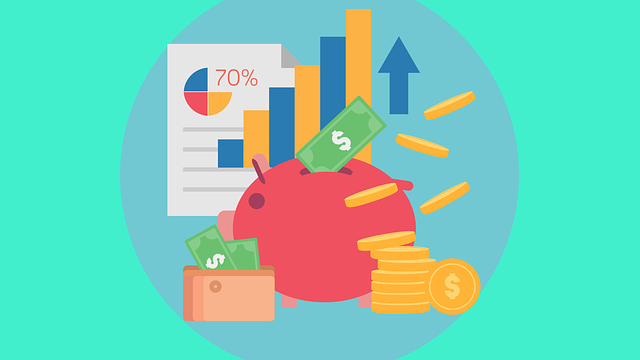Capital gains is an accounting term frequently used by business owners, investors, and tax accountants. This financial metric reveals the profit your make on an asset, with capital losses referring to any losses you may incur on an asset. Keeping track of both capital gains and capital losses is important, partly because of its tax implications. Today we’ll take a closer look at what are capital gains.
What are Capital Gains?
 Overview of Capital Gains
Overview of Capital Gains
Capital gains refer to any profit that you make with a purchased asset. If you purchase a house for $150,000 and resell it for $225,000, for example, you’ll create capital gains. Because the resale price was higher than the original purchase price, it’s considered a capital gain and must be reported to the Internal Revenue Service (IRS).
To calculate capital gains, you’ll need to add up the asset’s purchase price, cost of improvements, and the cost of repairs. Next, subtract depreciation from this amount. After you’ve sold the asset, take the resell amount and subtract it from the first number. The resulting total reveals the capital gain for the purchased and resold asset.
Capital Gains vs Capital Losses
As you may have guessed, a capital loss occurs when you lose money on a purchased asset. Using the same example, if you purchased a house for $150,000 and resold it for $125,000, you’d incur a $25,000 capital loss.
How Capital Gains Are Taxes
 When you earn capital gains, you are required by the IRS to pay taxes on it. After all, capital gains show that you earned money on the purchase of an asset, and the IRS wants to collect its share of your earnings.
When you earn capital gains, you are required by the IRS to pay taxes on it. After all, capital gains show that you earned money on the purchase of an asset, and the IRS wants to collect its share of your earnings.
Capital gains have different tax rates, depending on if they are categorized as either short or long term. Short-term capital gains involve purchased assets held for one year or less, whereas long-term capital gains involve purchased assets held for longer than a year.
As of 2018, taxpayers in the lowest brackets pay nothing on long-term capital gains for most assets. Those in the 25% to 35% brackets, however, pay 15% on long-term capital gains, while taxpayers in the 39% bracket pay 20%.
It’s important to note that capital losses can reduce the tax implications of capital gains. If you have $100,000 of capital losses and $200,000 of capital gains, you’ll only have to pay capital gains tax on the difference, which is $100,000.
This article was brought to you by�Intrepid Private Capital�Group�� A Global Financial Services Company. For more information on startup and business funding, or to complete a funding application, please visit our�website.









+ There are no comments
Add yours